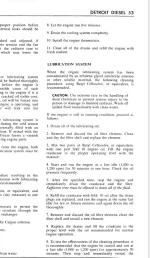svgPhoenix
Thread starter
No, I know exactly what I'm asking. I described the issue I was trying to solve because I didn't think anyone would reply if I just asked "does seafoam dissolve coolant" without any further context. The only reason this discussion became contentious is that a lot of people started telling me not to use any additives without any scientific reason.
The only answers I'm interested in are from the people on here who actually know how the chemistry of seafoam and coolant interact. I am more than capable of making my own decision on whether I will use it or any other additive based on that information.
The only answers I'm interested in are from the people on here who actually know how the chemistry of seafoam and coolant interact. I am more than capable of making my own decision on whether I will use it or any other additive based on that information.
Last edited by a moderator:

